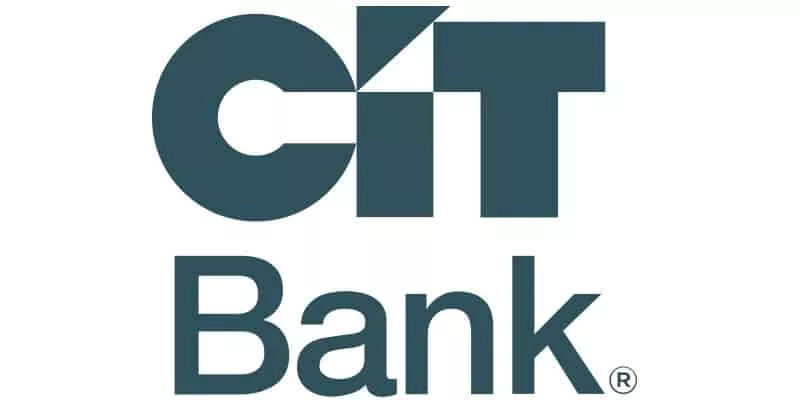ChexSystems is a consumer reporting agency that provides information to banks and other financial institutions about the banking history of their potential customers.
When you're reported to ChexSystems it can be a devastating, long-lasting effect on your finances.
Banks with no ChexSystems offer an opportunity to re-establish a banking relationship. But, if you have been reported to ChexSystems, you should first obtain a copy of your report to verify the accuracy of the information being reported.
Steps To Take When You Are Reported to ChexSystems
Step 1 – Request your ChexSystems Report
(1) Online – ChexSystems Consumer Report instantly online at: ChexSystems.com.
(2) Order via telephone – ChexSystems at 800-428-9623. (This is an automated voice messaging system.)
(3) Request by mail – ChexSystems.com then complete, print and mail the completed Consumer Request for Disclosure Form to:
Chex Systems, Inc.
Attn: Consumer Relations
PO Box 583399
Minneapolis, MN 55458
Step 2 – Review your ChexSystems Report
Once you have the report in front of you, look for errors in the following areas:
- Dates
- Personal information
- Information about the account being reported
- Banks names
- Reasons you were reported
- Amounts reported as owed
- Age of records – FCRA says negative information can only remain up to 7 years (ChexSystems typically removes negative information after 5 years)
Step 3 – Dispute negative account directly with ChexSystems
ChexSystems must comply with the federal Fair Credit Reporting Act (FCRA). This means they must take steps to assure the information provided to banks about a consumer is accurate.
Dispute anything that isn't 100 percent correct. Here is how to dispute ChexSystems accounts:
-
- Online: Go to the ChexSystems website and click on the “Dispute” tab. Fill out the online dispute form and attach any supporting documentation you have, such as bank statements or cancelled checks.
- By phone: Call ChexSystems at 800.428.9623. The automated phone system is available 24 hours per day. Representatives are available to assist during normal business hours 8:00am – 7:00pm Central Time, Monday through Friday.
- By mail: Complete, print and mail the completed Request for Reinvestigation Form to:
Chex Systems, Inc.
Attn: Consumer Relations
PO Box 583399
Minneapolis, MN 55458
ChexSystems is required to investigate your dispute within 30 days of receiving it. They will contact the financial institution that reported the information to confirm its accuracy. If ChexSystems finds the information is inaccurate, they will remove it from your report.
Step 4 is Optional – Dispute account directly with the bank or credit union
If disputing an account with ChexSystems does not result in a favorable resolution, you have the right to dispute directly to the source of the information.
- Contact the bank or credit union. You can do this by phone, email or United States Postal Service mail (this method is recommended because it provides a paper trail).
- Explain the dispute. Be as specific as possible about the information you believe is inaccurate or incomplete.
- Provide supporting documentation. This could include bank statements, cancelled checks, or letters from other financial institutions.
- Follow up. Once you have filed your dispute, be sure to follow up with the bank or credit union to make sure they have received it and are investigating it.
The bank or credit union has 30 days to investigate your dispute. If they find the information is inaccurate or incomplete, they are required to remove it from your ChexSystems report. If they do not respond at all, the account must be removed from your ChexSystems report.
Step 5 is Optional – File a Complaint with the Bank Regulatory Agency
If you have disputed with ChexSystems or directly with the bank that reported you and did not receive the desired outcome, now it is time to file a complaint with the bank or credit union's regulatory agency.
Find out who regulates the bank. More than likely your state’s website will let you know the department in charge of banking. On the federal level, contact the Federal Deposit Insurance Corporation. The FDIC's Consumer Response Center is responsible for investigating all types of consumer complaints about FDIC-supervised institutions and responding. The Consumer Financial Protection Bureau also handles bank complaints.
Find out who regulates the credit union. Federally chartered credit unions are regulated by the National Credit Union Administration, while state-chartered credit unions are regulated at the state level.
Step 6 is Optional – Request a Pay for Delete
Banks and credit unions are considered the “furnishers of information” to ChexSystems. In essence, they are the original business where the account information emanated. That means they can request ChexSystems remove the information furnished by them to ChexSystems.
A pay for delete is a negotiation tactic between a consumer and the bank in which the consumer agrees to pay off a debt in exchange for the bank removing the negative information about the account from the consumer's ChexSystems report.
Pay for delete is not a legal requirement, and banks or credit unions are not obligated to agree to such a request. If such an agreement is struck, get everything in writing before you pay. This will help to protect you in case the bank does not uphold its end of the deal. Be prepared to pay the full amount of the debt.
ChexSystems must remove records that result from identity theft
If you think someone has stolen your identity the first action to take is put a ChexSystems freeze on your report. A security freeze is designed to prevent others from opening checking, savings, credit accounts, loans, or other services in your name without your consent.
The next step is to have any accounts removed or blocked from your ChexSystems report that are a result of identity theft. The federal government has a simple process to complete an Identity Theft Report:
- Start by completing an report online.
- Request ChexSystems send you a free ChexSystems report.
- Place a fraud alert on your ChexSystems report. To do this, send a copy of your FTC Identity Theft Report to ChexSystems. Any attempt to open a bank account will result in ChexSystems contacting you before they open a new account.
- Get ChexSystems to remove fraudulent information from your file. This is called blocking. Banks and credit unions and other businesses won't be able to see the fraudulent accounts when they pull your report. You must send them a copy of your FTC Identity Theft Report, proof of your identity, and a letter stating which information is fraudulent.
- If the bank or credit union transfers your account to a debt collector, you can send the debt collector a copy of the Identity Theft Report. Banks and credit unions cannot turn fraudulent debts over to debt collectors.
ChexSystems will remove records if you file bankruptcy
Bankruptcy discharges consumer debts like overdrafts and bank fees. After a bankruptcy has been filed, each account reported to ChexSystems should read “included in bankruptcy” or “discharged in bankruptcy”.
Once ChexSystems is notified of a bankruptcy, it should contact the bank responsible for the entry and then delete it because the debt is no longer owed. You may have to dispute the account directly with ChexSystems to get it deleted. If ChexSystem fails to delete it after 30 days, then you may be able to sue for violation of the Fair Credit Reporting Act (FCRA).
Final take
It's reasonable that banks and credit unions take actions to protect against fraud. What's not reasonable is when ChexSystems reports inaccurate information that can prevent consumers from banking.
















